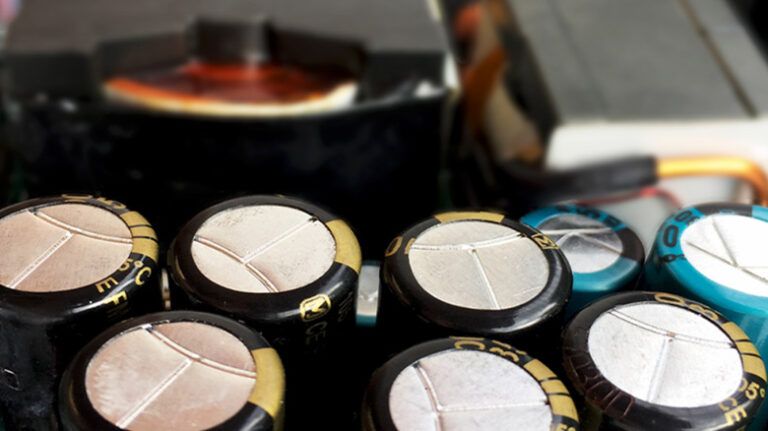[Answered] What Is The Shelf Life Of Capacitors?
Capacitor shelf life, a nuanced aspect within the realm of electronic components, involves the degradation of these devices over time during storage. Engineers and electronic device manufacturers must comprehend the intricacies of capacitor shelf life to ensure the longevity and reliability of electronic systems.
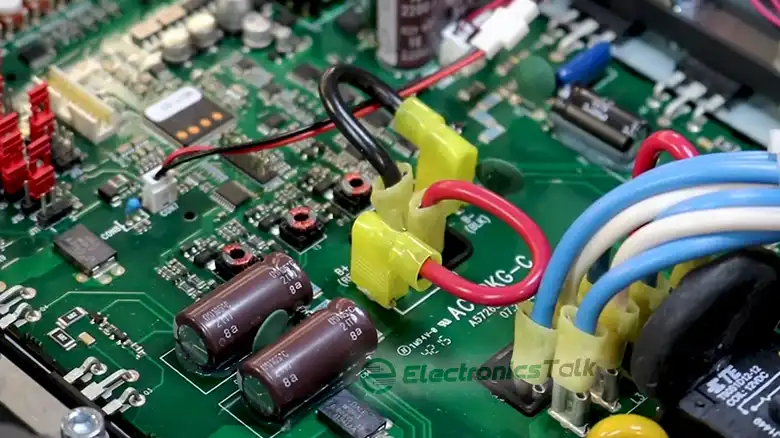
Navigating the Shelf Life of Capacitors
Like all electronic components, capacitors have a finite lifespan, known as their shelf life. Let’s understand the capacitor shelf life.
Capacitor Degradation Mechanisms:
Capacitors degrade over time due to various mechanisms, including dielectric absorption, electrolyte evaporation, and chemical reactions within the capacitor structure. These processes contribute to a gradual reduction in the capacitor’s performance parameters.
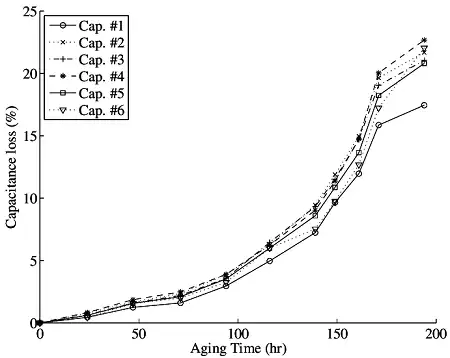
Figure: Capacitor Degradation Over Time.
Mathematical Representation of Capacitor Aging:
The aging of capacitors can be mathematically represented through models incorporating factors such as time, temperature, and operating voltage. One commonly used model is the Arrhenius equation, which relates the rate of chemical reactions to temperature.

Here,
Ct is the capacitance t hours after the start of the ageing process
C1 is the capacitance 1 hour after the start of the ageing process
k is the ageing constant in percent per decade (as defined above)
t is the time in hours from the start of the ageing process
Factors Influencing Shelf Life
Here are some factors that influence the shelf life of capacitors.
Environmental Effects on Capacitor Degradation:
Environmental factors, notably temperature and humidity, exert a substantial influence on capacitor degradation rates. Elevated temperatures accelerate chemical reactions within capacitors, leading to a more rapid deterioration of the dielectric material.
Storage Temperature and Humidity Considerations:
Proper storage conditions are imperative to mitigate capacitor aging. Capacitors should ideally be stored in controlled environments, avoiding extremes in temperature and humidity that contribute to accelerated degradation.
Identifying Expired Capacitors
These are the ways given below to identify expired capacitors.
Visual and Physical Indicators:
Visual inspection can reveal physical indicators of capacitor degradation, such as bulging or leaking. These visual cues are often indicative of internal structural breakdown and necessitate further evaluation.
Capacitance and ESR Testing Methods:
Capacitors can be evaluated using testing methods such as capacitance and Equivalent Series Resistance (ESR) measurements. Deviations from specified values may signify degradation, prompting further analysis or replacement.
Guidelines for Proper Capacitor Storage
Storage guidelines, encompassing controlled temperature and humidity conditions, are fundamental for preserving capacitor shelf life. Adhering to manufacturer specifications and industry best practices is essential.
FAQs – Frequently Asked Questions and Answers
How can capacitor aging be mathematically represented?
Capacitor aging can be mathematically represented using models like the Arrhenius equation, incorporating factors such as time, temperature, and operating voltage.
What are the roles of capacitors in electronic circuits?
Capacitors are critical in electronic circuits, including energy storage, smoothing voltage fluctuations, and providing timing elements.
How do elevated temperatures impact capacitor degradation?
Elevated temperatures accelerate chemical reactions within capacitors, leading to a more rapid deterioration of the dielectric material and increased aging rates.
Conclusion
In the intricate landscape of electronic engineering, a nuanced understanding of capacitor shelf life is imperative for ensuring the sustained reliability of electronic devices. This technical analysis has delved into the complexities, from mathematical representations to practical solutions, underlining the significance of informed decision-making in capacitor selection and storage practices.

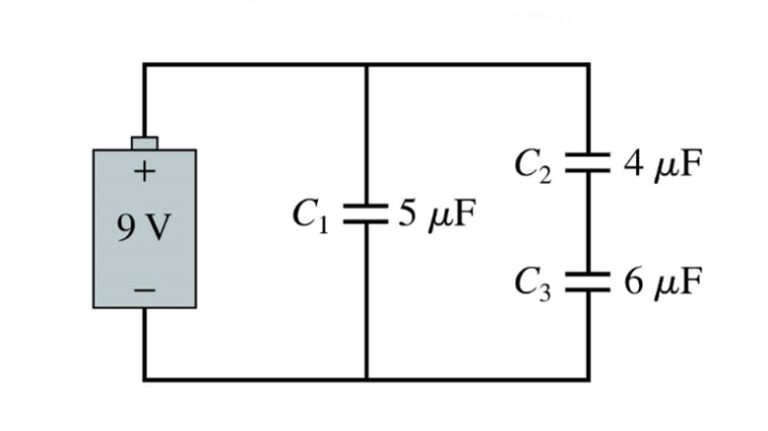
![Can I Replace a 40 5 Capacitor With a 45 5 [ Explained]](https://www.electronicstalk.org/wp-content/uploads/2023/11/Can-I-Replace-a-40-5-Capacitor-With-a-45-5-768x431.webp)
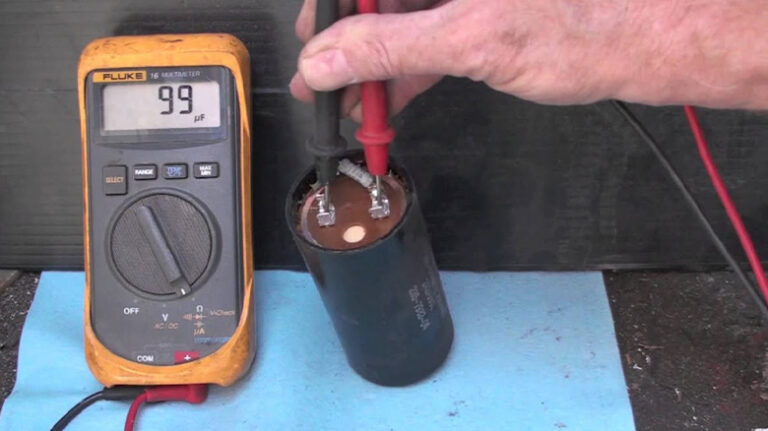
![Can I Replace a 16V Capacitor With an 25V Capacitor? [7 Comparison Aspects Explained]](https://www.electronicstalk.org/wp-content/uploads/2023/07/Can-I-Replace-a-16V-Capacitor-With-a-25V-Capacitor-768x431.webp)
![Will Capacitor Drain My Battery [Unraveling the Facts]](https://www.electronicstalk.org/wp-content/uploads/2023/07/Will-Capacitor-Drain-My-Battery-768x431.webp)
